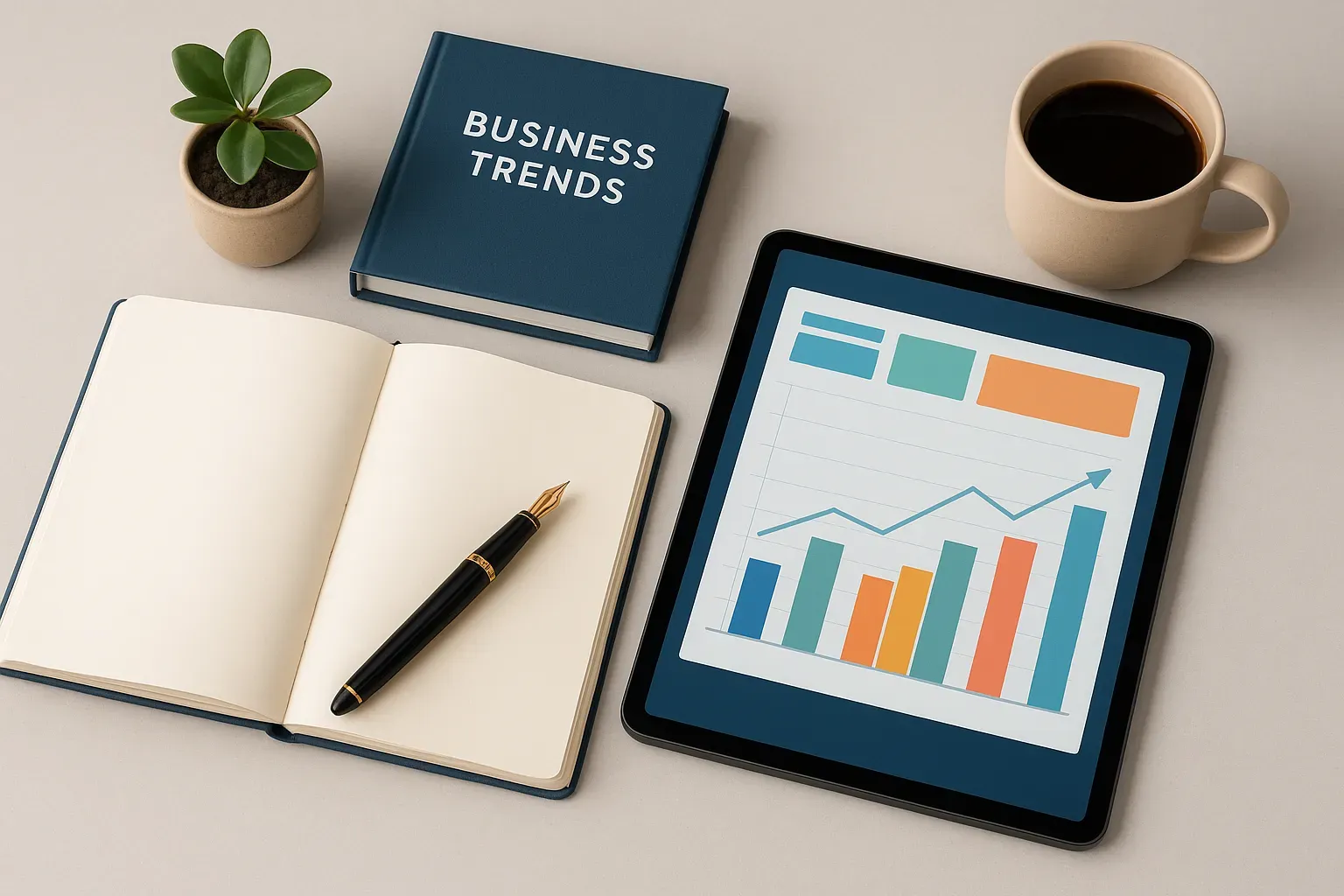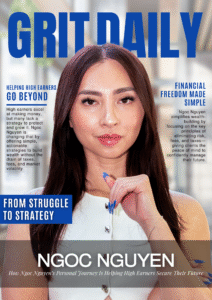Business coaches face the challenge of identifying which trends truly matter in an evolving marketplace, with experts revealing systematic approaches that separate signal from noise. Leading professionals in the coaching industry employ a multi-layered system combining traditional information sources with real-time data to stay ahead of significant shifts. The most successful coaches filter emerging trends through both industry-specific knowledge and broader business context before implementing changes with clients.
- Human Interactions Reveal Trends Before Publications
- CEO Navigator Transforms Issues Into Action
- Three-Pronged Process Favors Actionable Data
- Multi-Layered Learning System with Evidence Focus
- Selective Implementation of Vetted Trends
- AI-Enhanced Monitoring for Relevant Industry Shifts
- Filter Trends Through Nervous System Capacity
- Diversify Information Sources for Complete Perspective
- Blend Classic Sources with Real-Time Signals
- Focus on Underlying Pulse Driving Change
- Follow Industry-Specific and Broader Business Feeds
- Master Foundations Before Applying External Trends
Human Interactions Reveal Trends Before Publications
I’ve learned that the most valuable “trends” aren’t found in Harvard Business Review — they’re hiding in plain sight during your daily interactions with people. When my team started our weekly joke-sharing ritual at the end of operations meetings, productivity actually increased because psychological safety improved.
I track what matters by paying attention to the actual humans I work with, not industry publications. During the pandemic, I noticed my clients were struggling with “decision fatigue” months before it became a buzzword — this led me to develop simple frameworks that 80% of my coaching clients still use today. The best insights come from listening deeply to what people are actually experiencing.
My go-to resource is “Positive Intelligence” by Shirzad Chamine — it bridges neuroscience with practical application in ways that consistently show up in my coaching work. I also maintain a simple practice of asking every client, “What’s one thing that surprised you this week?” These micro-observations often reveal shifts in workplace culture before they hit the trend reports.
The real competitive advantage isn’t staying ahead of trends — it’s developing the skill to notice patterns in human behavior that others miss. When you’re present with people, the trends reveal themselves naturally.

CEO Navigator Transforms Issues Into Action
As a coach and operator for growth-stage companies, I stay sharp by staying close to the front lines. That means talking with CEOs weekly, observing where execution breaks down in real time, and constantly testing new tools that help leadership teams scale more effectively. One of the most powerful ways I stay ahead — and help others do the same — is through a tool we built called CEO Navigator.
CEO Navigator is a custom-trained GPT available for free in ChatGPT. It’s not just another AI assistant — it’s designed specifically for founders and EOS(r)-run teams who need help turning messy issues into clear next steps. Think of it like having a strategic co-pilot that helps pressure-test decisions, diagnose what’s really holding you back, and map out execution paths you can actually run.
There are a lot of “thought leader” blogs and business podcasts out there. But real clarity doesn’t come from consuming more — it comes from thinking better. CEO Navigator helps founders slow down, get perspective, and think like a leader — not just a firefighter. I recommend it to any startup CEO who’s scaling fast and needs a sharper way to make sense of complexity.
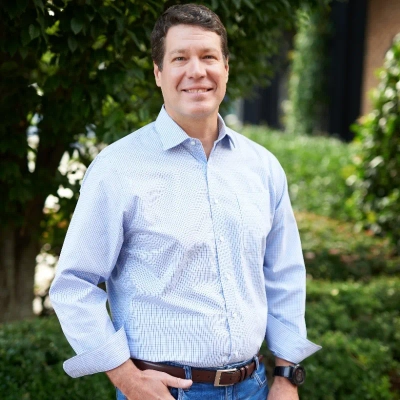
Three-Pronged Process Favors Actionable Data
Staying current with the lightning-fast pace of business trends, especially in sales and e-commerce, requires a process that favors high-signal, actionable data over general news consumption. My approach involves a continuous, three-pronged process: first, actively listening to frontline sales conversations for emerging objections and pain points that signal a shift in the market; second, engaging in specialized online communities where executives share real-world successes and failures; and third, constantly tracking industry reports and white papers from major research firms that quantify those shifts. I don’t just read about a trend like AI or digital-first selling; I coach my teams to implement micro-tests to see how it affects buyer intent and behavior in our niche.

Multi-Layered Learning System with Evidence Focus
As a performance coach, I need to stay current to provide relevant guidance to my clients. Here’s how I do that:
I have a multi-layered learning system. I follow key thought leaders in performance psychology, organizational behaviour and business strategy through podcasts and newsletters. I prefer research-based content rather than just trendy business advice — stuff like studies on habit formation, neuroscience of peak performance and evidence-based leadership practices.
I also learn from my clients. They’re on the front lines of their industries and our conversations often reveal emerging patterns — whether it’s shifting workplace dynamics, new performance pressures or evolving leadership challenges. This real-time feedback loop is gold.
Professional development is ongoing for me. I attend conferences, participate in peer supervision groups with other coaches and invest in specialist training when I see gaps in my knowledge or new areas that will benefit my clients.
I’m picky about what I bring into my practice. Not every trend is worth adopting. I filter new ideas through these questions: Is there evidence it works? Does it align with my clients’ actual needs? Can it be applied practically?
I test concepts with willing clients, gather feedback and refine the approach before making it part of my toolkit.
Resources I recommend:
For business and leadership insights, Harvard Business Review is always good — their balance of academic rigor and practical application is spot on. For performance-specific content I often recommend James Clear’s newsletter (3-2-1 Thursday) for bite-sized, actionable insights and Brené Brown’s work for leaders working on authentic leadership and team dynamics.
The key is finding resources that match your learning style and time constraints and committing to consistent engagement rather than sporadic deep dives.
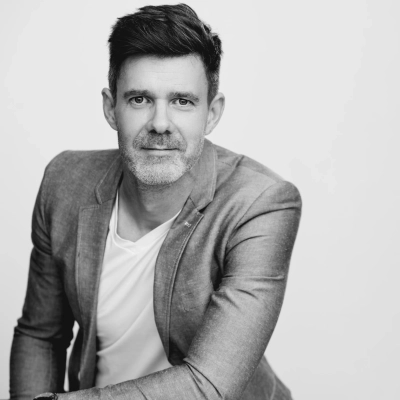
Selective Implementation of Vetted Trends
I stay up to date with trends by reading publications like Business Insider and Harvard Business Review and scrolling my social media feed — but I’m very selective about which ones I act on.
Because jumping on every trend means getting overwhelmed and burning out.
Instead, my approach is to monitor what’s happening in the market and then wait to see if the trend actually delivers results over time. You need to be on top of things, but you shouldn’t mindlessly try to implement it all without a real strategy first.
For example, when AI first blew up, I didn’t immediately overhaul everything I was doing. I observed how it played out and only then started incorporating it into my coaching business.

AI-Enhanced Monitoring for Relevant Industry Shifts
I keep up with business trends by combining deep insight from my networks and by using AI for a sense of what’s coming next. My coaching stays relevant because I regularly update my methods to reflect what’s new, what’s evolving, and what’s being challenged.
I do this by setting up tailored alerts on platforms like Perplexity to keep track of key business topics I’m currently interested in. This helps me cut through the noise and focus on the developments that matter most to my clients and my work. I also include tracking “Exploding Topics” to help keep abreast of popular topics and news events in general.
For me, watching trends isn’t just about staying informed; it’s a way to advocate. When I coach someone, my goal is for them to feel confident in me and my knowledge, to enable them to not only feel ready to navigate their industry, but to also help shape its future.

Filter Trends Through Nervous System Capacity
I stay up to date by looking at business trends through the lens of nervous system capacity. I follow publications like Harvard Business Review and Fast Company to see what leaders are talking about, but I always ask: Can people actually embody this trend, or will it push them deeper into burnout? One resource I recommend often is Adam Grant’s podcast “WorkLife.” It bridges research with practical insights, and I weave those ideas into coaching by pairing them with regulation practices. That way my clients don’t just learn a new strategy, they have the nervous system tools to actually sustain it.
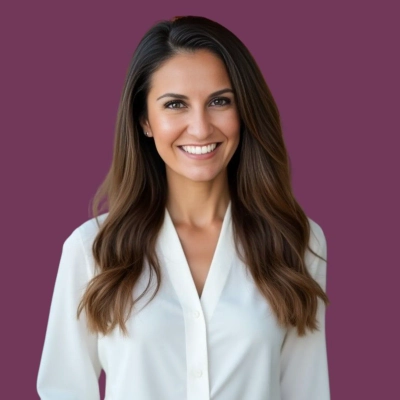
Diversify Information Sources for Complete Perspective
You can’t be a coach and not be up to date with what’s happening for employees and organizations. Leaders are relying on you to bring perspective that reflects the current workplace, not advice that’s a step behind.
I stay current through a mix of trusted sources and real-time conversations. I read reporting in outlets like the New York Times to understand broader economic and cultural shifts. I’m active in professional groups on LinkedIn where HR leaders, executives, and coaches share what they’re noticing day-to-day. And I regularly schedule calls with my HR contacts and friends in recruiting to compare notes. Those conversations often highlight trends and pain points before they show up in headlines.
The resource I recommend most is not a single publication, but a practice: diversify where you get your information. Pair reputable journalism with peer conversations and client feedback. That mix helps you see both the macro trends and the lived reality on the ground. It’s that blend that allows me to incorporate the latest shifts into coaching — making the guidance I provide timely, relevant, and actionable.

Blend Classic Sources with Real-Time Signals
Staying current on business trends — especially for CEOs — means adapting fast and blending classic sourcing with new tech and real-time signals. My approach is pragmatic and crisp: start with curated leadership journals, active participation at high-impact conferences, and hands-on CEO peer roundtables. Social listening via LinkedIn gives early reads on shifting priorities. Direct feedback from CEO circles keeps the coaching fresh and grounded in real challenges.
Other ways I stay ahead:
Regular professional learning — executive certifications, advanced trainings, and specialized short courses — keeps my foundation relevant and current.
Leveraging new coaching formats: virtual and hybrid sessions, digital assessments, and using AI-driven analytics for quick, data-rich insights help bring targeted, situational feedback to each engagement.
Networking broadly with other exec coaches and always gathering unfiltered client input — these connections surface trend signals that actually matter in the real world.
This approach means the coaching is pithy, actionable, and evolved for what matters — helping CEOs lead through uncertainty with a sharp, real-world edge.

Focus on Underlying Pulse Driving Change
I read the Harvard Business Review because it connects human behavior with larger systemic changes.
From my experience, however, change begins before the headlines catch up. Since I work with people who build, lead, and rebuild, I am close to where signals first emerge across different industries. I don’t focus on incorporating trends; I focus on understanding the pulse beneath them. Since the leaders I work with set movements rather than follow them, I pay close attention to the pulse that drives innovation and transformation.

Follow Industry-Specific and Broader Business Feeds
I am active on LinkedIn and follow relevant feeds that provide up-to-date trends. I also subscribe to several newsletters for the legal industry, for which I serve, as well as numerous publications covering broader business issues, including leadership, HR, Marketing, Business in General, and new developments in AI.
There are so many: Inc., HBR, Coaching Industry, Legal Industry-specific publications, HR publications, etc.
Depending on the industry you serve, follow a mix of specific and broader business feeds and publications.
Master Foundations Before Applying External Trends
When it comes to business trends, I think it’s important to have a finger on the pulse of where things are shifting and where buyer behavior is going. My clients and I might then adapt how certain offers are packaged or positioned, or pull different levers in their marketing, but we are not constantly reinventing the wheel. I’ve also found that doing that — essentially living and dying by what’s trending — is a surefire recipe for burnout, comparison, and always feeling “behind.”
I’ve been at the front of my industry for nearly a decade now, and while I’ve watched many people burn out chasing trends, I have been able to stand the test of time by getting really good at the foundations and then iterating from there — using trends as a cherry on top, not my main strategy.
I’ve found that studying what’s already happening in your own industry guarantees you’re already ‘behind’ the trends, so I will purposely look outside of my own industry and specifically watch what is activating and converting buyers in new ways, whether it is content styles, certain sales tactics, funnel architecture, etc. For that same reason, I love reading business books from the pre-social media (or even pre-internet) era and seeing how their insights can be adapted in a fresh way.


